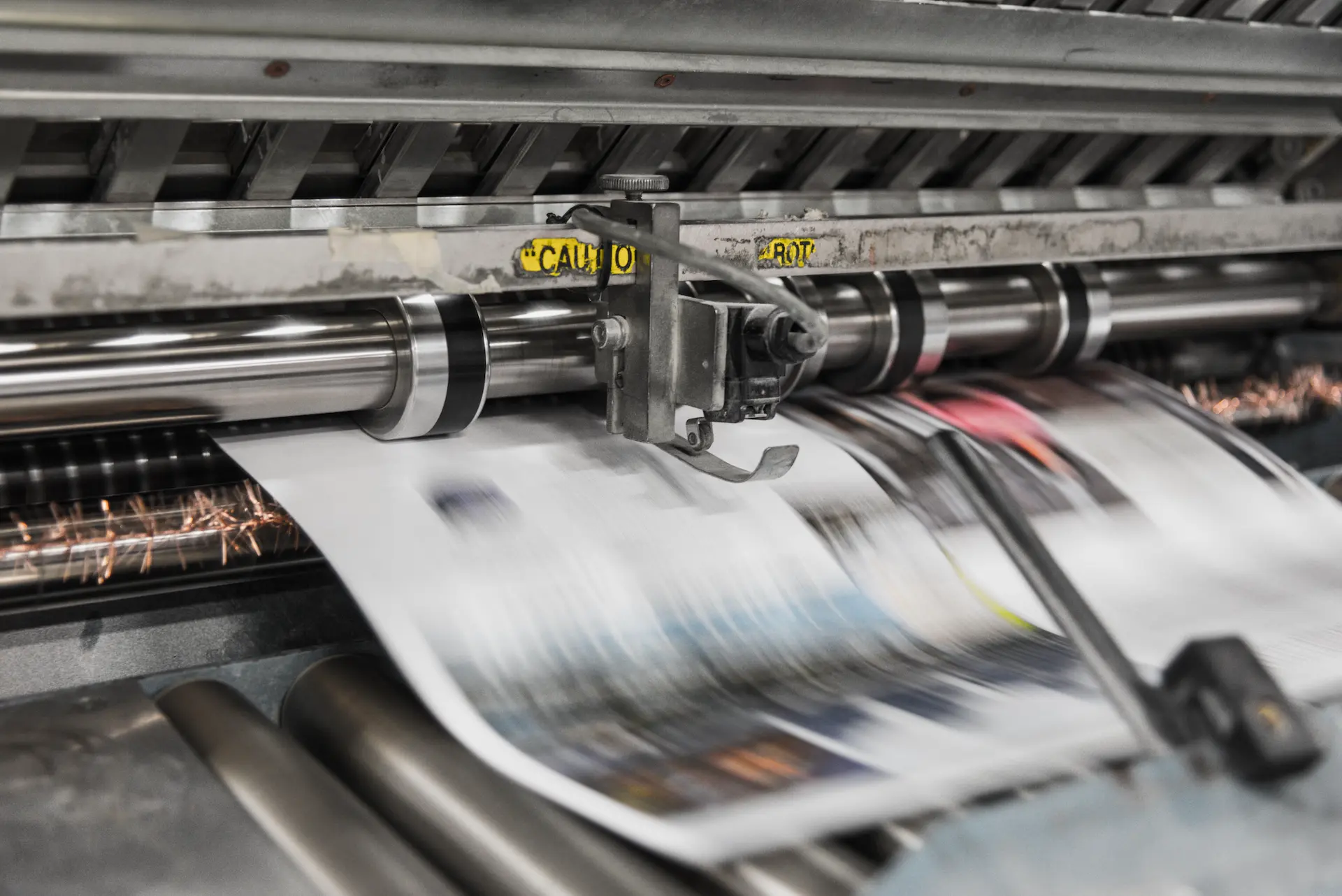6 Steps for Writing a News Story for Local Media
Have you ever thought about sharing a church event with local media? The idea of sending a news story to a media outlet can be daunting, but with our tips you will be able to create an article that will have everyone buzzing!
1. Choose a recent, newsworthy event or topic
Not every news story is going to be relevant to the media. While events such as baptisms, ordinations or dedications are important and relevant to us, it’s not going to impress your local newspaper. Your news story needs to be relevant to readers inside and outside the church. Some examples may include: your church partnering with a charity organisation, your local MP paying a visit to an event or the launch of a new initiative.
Your news story has to be relevant; you need to focus on what’s happening here and now. Aim to get your story into the local media as soon as you can — what story can you break to the public before anyone else does?
Think about your audience: if you’re writing for a small community newspaper, your article will need to include that community. Pick your audience and then target their local publication.
2. Conducting interviews
It’s important to back up your news story with a few quotes from those involved. You can conduct an interview in person, over the phone or simply ask for a written quote. It’s best to reach out to those involved as soon as possible so that the event is fresh in their mind, and they can give you as much information as you need.
3. Your headline matters
News articles always begin with a short, catchy headline. This is the first impression that people will see when they go to read your article so have fun with it and remember that first impressions always stick!
Headlines often include:
- Alliteration (using the same letter or sound at the beginning of adjacent or closely connected words) e.g. Prayer in the Public Discourse
- Abbreviations e.g., New CFO appointed at GSC session
- Casual language e.g. Faith FM puts dinners on the menu
4. It’s not where your article leads, but how your article leads
The first paragraph is often referred to as the lead. This is less than 30 words and is an overview of the event or story. The lead will explain who, what, when, where, and why. This paragraph should contain the most important information in your article and will often determine whether people will keep reading or not!
5. You can’t follow the lead without a body
The body paragraph is where all your information flows, starting from the most important to the least important. After you’ve listed the most important ideas, you can include any additional information that might help the reader such as contact details, facts about the topic or quotes. Journalists often refer to the inverted pyramid as a reference for how they structure the body paragraph.
6. Ending your article with a bang!
Finish your article with a concluding sentence. This may be re-stating the lead paragraph or discussing future events relating to the story. You can also direct readers to places where they can find more information by including web addresses or phone numbers.
Tips for writing your article
- Avoid using too many long sentences
- Avoid starting sentences with words like ‘but’ or ‘and’
- Avoid church lingo
- Keep your paragraphs short and to the point

